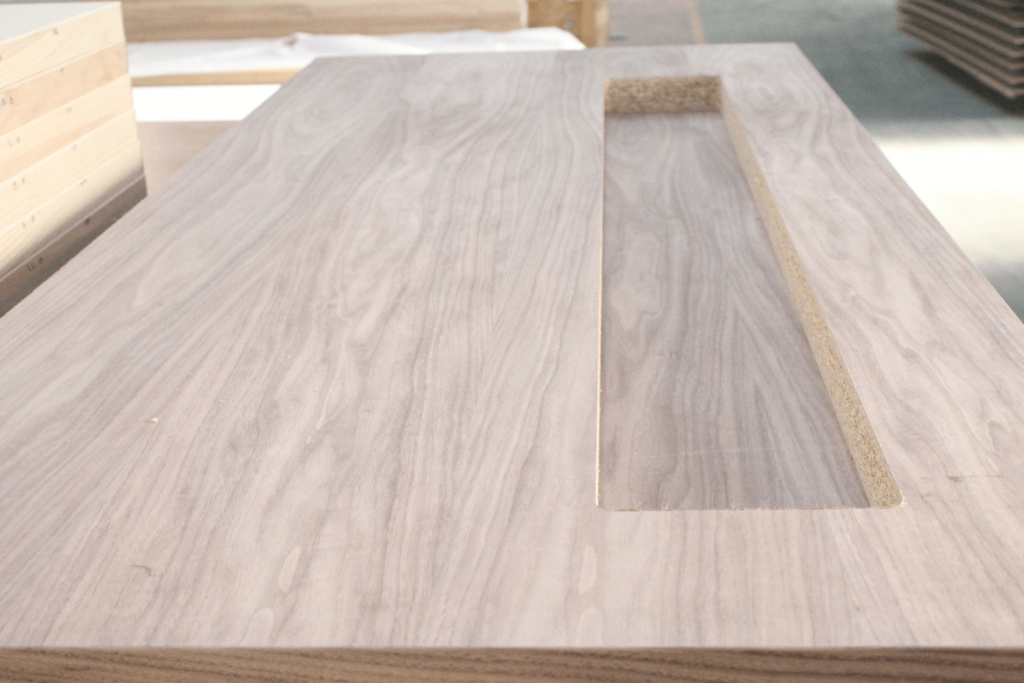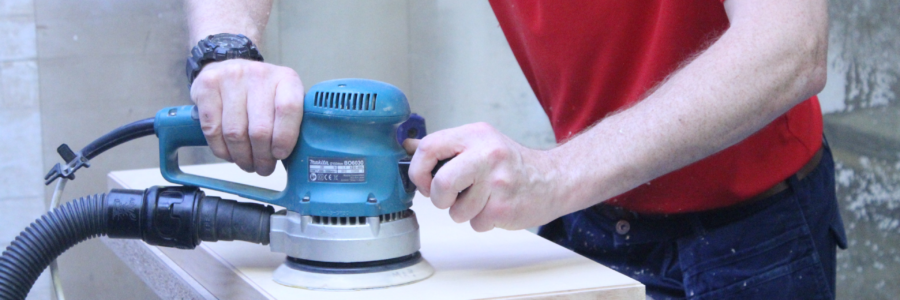Cutting methods for timber doors
If you are considering using timber doors in a construction project, then an understanding of the different cutting techniques and methods is useful knowledge in making an informed decision on the best method to achieve the look you desire.
Each individual timber cutting method offers different characteristics that can have a significant impact on the appearance, durability and performance of your finished door.
Here is some information on the different timber cutting techniques to help you with your options and choices:
Timber Cutting Basics
Different timber cutting techniques will produce different end products – each individual cutting method will yield timber pieces or boards with different grains and patterns, and other appearance characteristics, that will lend themselves to specific individual uses and environments.

Cutting methods in the manufacture of timber doors
These are the recommended cutting methods in the manufacture of timber doors:
Crown Cut
The crown-cut, also referred to as ‘flat’ or ‘plain’ sliced cut, is the recommended method for manufacturing veneers for timber doors – crown cut veneer produce strong grain patterns often interspersed with crowns or arches sometimes referred to as ‘cathedral’ patterns.
This cutting method involves cutting the logs lengthways into halves and slicing each half in a straight line across.
Quarter Cut
A quarter-cut produces a different form of veneer from a crown-cut – this method produces a vertical grain pattern that may vary in appearance – how straight the grain pattern is will depend upon the timber species being used.
This cutting technique consists of first quartering the log then slicing each individual quarter at right angles to the revealed growth rings. This particular cut is known for its’ stability as it has a higher resistance to warping therefore making it ideal for household environments such as doors and flooring.
The grain produced with quarter sawn cutting often contains a distinctive ‘fleck’ pattern giving it the appearance of oak, or other perceived higher-quality woods, again making these boards ideal for use in home environments.
Rotary Cut
A rotary cut involves mounting a whole log in the centre of a lathe and turning it against a sharp blade – similar to unwinding a roll of paper!
This cut will follow a log’s growth rings in a peeling motion – this process produces an economical cut with a bold and random appearance and can produce patterns wide enough to cover a full-sheet or single piece faces. A rotary cut produces remarkable effects when applied to woods such as oak, birch and maple.









